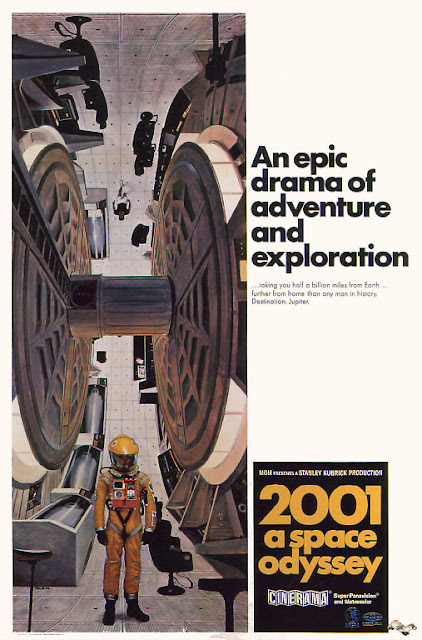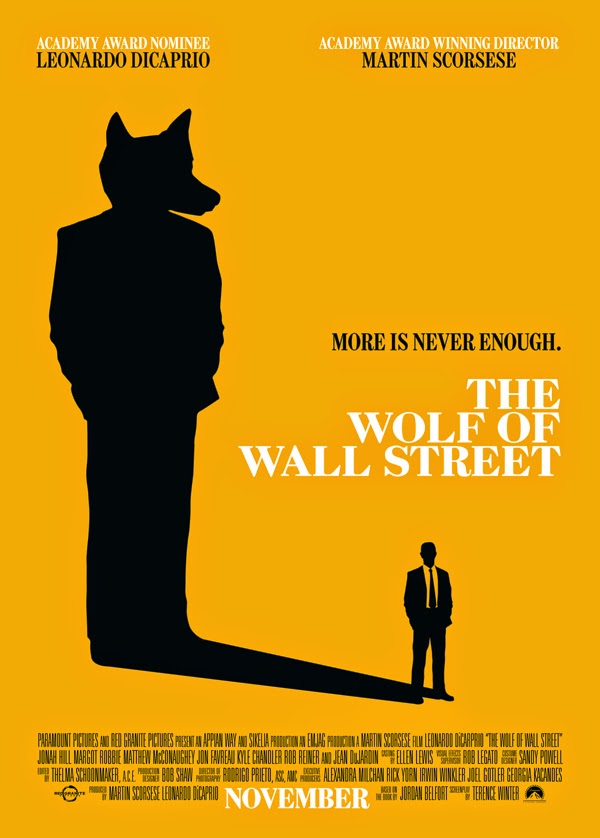Stardust Memories (1980) Directed by Woody Allen
Astrid:
The relationship between reality and fantasy or imagination is what Woody Allen has studied film after film. He has a problem with reality, and so have many others around him, because reality rarely matches the stylishness and magical aspect of movies.
I have a problem with reality. That's why I love Woody. In Stardust Memories he introduces memories, the act of remembering as an important aspect of the real vs. unreal. Remembering could be the watershed, the invisible line between the two.
The portrayal of Dory (Charlotte Rampling), how she fills the whole screen and the view from the camera every time Sandy (Woody Allen) drifts into a memory, is obviously an idealization of the past.
Other people remind Sandy that she was mentally ill and only fun to be around with two days out of a month, but for Sandy she represents a loss of meaning, beauty and love.
To dabble with questions of the real and unreal is probably an integral part of working as a creative artist. I seem to constantly write new songs which negotiate somewhere between the imagined and experience in a reality. These states borrow from each other and end up with something new. Possibly with new form or a new perspective.
Often I have understood that others see my living as unrealistic and out of touch because I play with imagination. Sometimes I myself find it difficult to justify songwriting as a profession because 'the real' routine world can drift so far apart.
But in Stardust Memories Sandy gets an incentive to continue making films as some extraterrestrials tell him: we like your films, especially the early funny ones! Oh yes, then there is the question of who is Sandy and how much he shares with Woody Allen? And what I am saying is: that is nearly impossibly to answer – it's the wrong question.
Nick:
A friend of mine has started a campaign to stop Mick Hucknall joining the re-formed Faces as a replacement for original singer Rod Stewart. Too right to. Hucknall is rubbish, Rod the Mod is a God. I only mention this (rather tentatively) as Allen's Stardust Memories is for me the movie that contains the most close -up shots of faces I can ever remember seeing in a film. And not just any old faces, this is a gallery of misfits, rogues, freaks and the stunning beauty of Charlotte Rampling.
Allen's picture is part homage to Fellini's Eight & A Half and part auto-biography. Although this picture lands nowhere near the midway point in Allen's career, I've always felt it was. It could just be that it's post-Keaton and pre-Farrow, which adds extra interest. Allen plays a movie director Sandy Bates, who visits a film festival in his honor. While at the festival, he ruminates on mortality, his past and current love life and the fact that he doesn't make funny films anymore.
Obviously Allen was reacting to recent criticism of his movies Interiors and Manhattan which were seen as not being as funny as his earlier films. As we know, Allen has kept the laughs coming (mostly) and Stardust Memories is a very funny picture. It's also his most personal. As a rumination on celebrity, mostly Allen's own, Stardust Memories is a far more successful take on the subject than his later, patchy Celebrity.
But what really distinguishes Stardust Memories is the look of the film. Shot in black & white by the wonderful Gordon Willis, Stardust Memories is simply one of the best looking films I've ever seen. Yes the look is European (Truffaut, Fellini, Bergman) but Allen's cinema has never had such an array of interesting shots or dreamy, surreal sequences in one picture. This is Allen raging at the world and its inadequacies. It's also his most interesting film. Often overlooked, Stardust Memories is the most succinct place to find Allen's regular themes and outlooks. A funny, beautiful picture and probably my favorite Woody Allen film.
The relationship between reality and fantasy or imagination is what Woody Allen has studied film after film. He has a problem with reality, and so have many others around him, because reality rarely matches the stylishness and magical aspect of movies.
I have a problem with reality. That's why I love Woody. In Stardust Memories he introduces memories, the act of remembering as an important aspect of the real vs. unreal. Remembering could be the watershed, the invisible line between the two.
The portrayal of Dory (Charlotte Rampling), how she fills the whole screen and the view from the camera every time Sandy (Woody Allen) drifts into a memory, is obviously an idealization of the past.
Other people remind Sandy that she was mentally ill and only fun to be around with two days out of a month, but for Sandy she represents a loss of meaning, beauty and love.
To dabble with questions of the real and unreal is probably an integral part of working as a creative artist. I seem to constantly write new songs which negotiate somewhere between the imagined and experience in a reality. These states borrow from each other and end up with something new. Possibly with new form or a new perspective.
Often I have understood that others see my living as unrealistic and out of touch because I play with imagination. Sometimes I myself find it difficult to justify songwriting as a profession because 'the real' routine world can drift so far apart.
But in Stardust Memories Sandy gets an incentive to continue making films as some extraterrestrials tell him: we like your films, especially the early funny ones! Oh yes, then there is the question of who is Sandy and how much he shares with Woody Allen? And what I am saying is: that is nearly impossibly to answer – it's the wrong question.
Nick:
A friend of mine has started a campaign to stop Mick Hucknall joining the re-formed Faces as a replacement for original singer Rod Stewart. Too right to. Hucknall is rubbish, Rod the Mod is a God. I only mention this (rather tentatively) as Allen's Stardust Memories is for me the movie that contains the most close -up shots of faces I can ever remember seeing in a film. And not just any old faces, this is a gallery of misfits, rogues, freaks and the stunning beauty of Charlotte Rampling.
Allen's picture is part homage to Fellini's Eight & A Half and part auto-biography. Although this picture lands nowhere near the midway point in Allen's career, I've always felt it was. It could just be that it's post-Keaton and pre-Farrow, which adds extra interest. Allen plays a movie director Sandy Bates, who visits a film festival in his honor. While at the festival, he ruminates on mortality, his past and current love life and the fact that he doesn't make funny films anymore.
Obviously Allen was reacting to recent criticism of his movies Interiors and Manhattan which were seen as not being as funny as his earlier films. As we know, Allen has kept the laughs coming (mostly) and Stardust Memories is a very funny picture. It's also his most personal. As a rumination on celebrity, mostly Allen's own, Stardust Memories is a far more successful take on the subject than his later, patchy Celebrity.
But what really distinguishes Stardust Memories is the look of the film. Shot in black & white by the wonderful Gordon Willis, Stardust Memories is simply one of the best looking films I've ever seen. Yes the look is European (Truffaut, Fellini, Bergman) but Allen's cinema has never had such an array of interesting shots or dreamy, surreal sequences in one picture. This is Allen raging at the world and its inadequacies. It's also his most interesting film. Often overlooked, Stardust Memories is the most succinct place to find Allen's regular themes and outlooks. A funny, beautiful picture and probably my favorite Woody Allen film.











Comments
Post a Comment